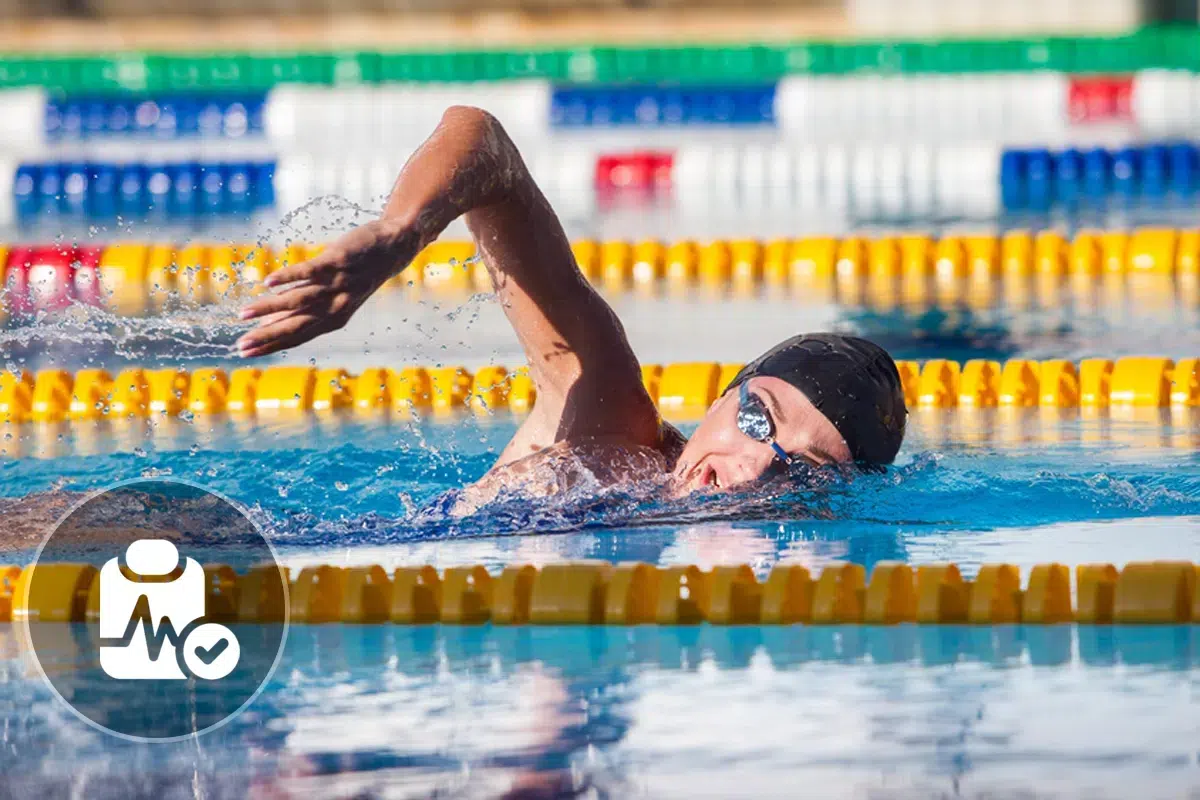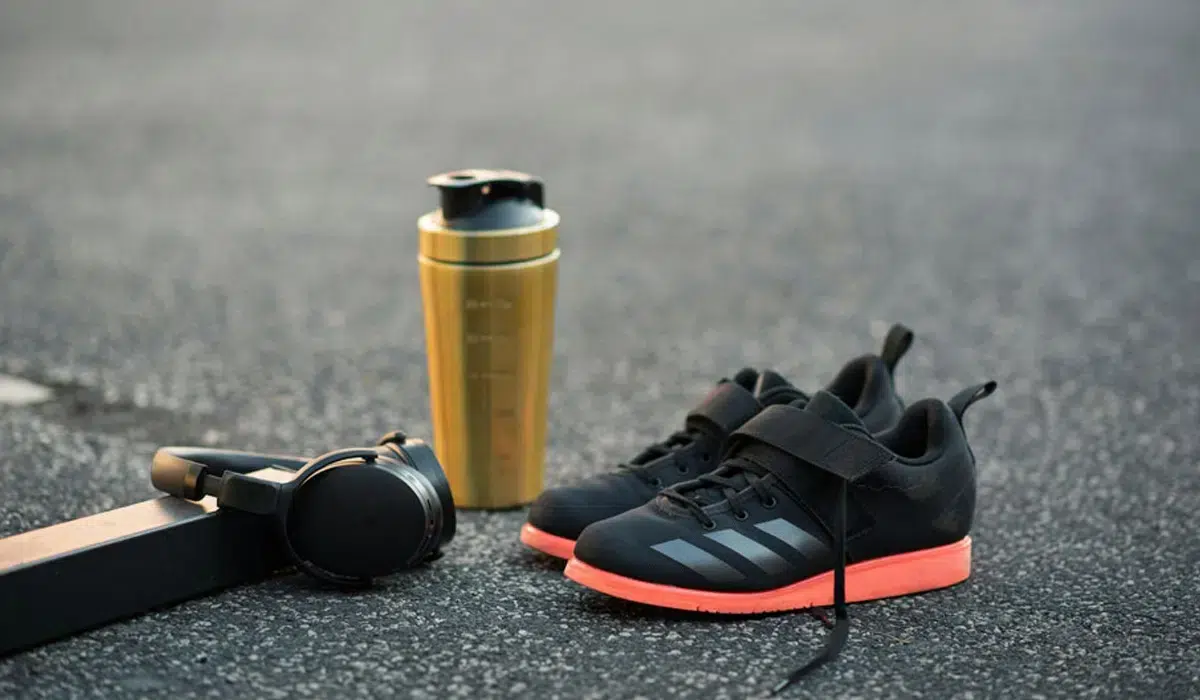Show summary Hide summary
What are the health benefits of front crawl swimming?

Everything you need to know about the front crawl
What are the health benefits of front crawl swimming? Use the tool below to find out all the benefits of front crawl swimming and discover whether this sport meets your goals and expectations.
More information on front crawl swimming
Is the front crawl good for your health? Is it a good sport for everyone? Whether you’re a beginner or an experienced swimmer, here’s a list of the benefits and problematics you may encounter when swimming the front crawl.

TOP 4 advantages and health benefits of the front crawl!
The front crawl has numerous benefits for the body, including :
- Works the cardiovascular system, breathing and endurance
- Providing muscle tone and joint flexibility
- Strengthening the immune system
- Boosts humor and energy
What are the drawbacks of swimming the front crawl?
There are more advantages to the crawl than disadvantages. As with any swimming sport, certain pathologies (skin problems, lung infections, neurological disorders, lower back pain, joint problems, tendonitis, etc.) may need to be monitored. In any case, if in doubt, it’s always best to seek medical advice. In addition, the fear of showing your body to others, or aquaphobia, can be a real deterrent for some.
Definition, information and tips on doing the front crawl!
What is the front crawl? When and how?
The front crawl is one of four swimming techniques, like the breaststroke, butterfly and backstroke.
This swimming technique is said to be asymmetrical, since one part of the body reproduces the opposite movement of the other. The term comes from the English word “to crawl”. The swimmer lies on his or her stomach and alternately rotates the arms while kicking the legs. The crawl is a fast, dynamic stroke generally used in freestyle competitions.
What’s the difference between the front crawl and other swimming techniques?
- Breaststroke is a symmetrical stroke requiring the arms to pull, followed by the legs to propel.
- Backstroke is an asymmetrical stroke in which the swimmer swims on his or her back. The swimmer alternates between arm and leg movements to propel himself.
- Butterfly is a symmetrical stroke in which the swimmer propels himself or herself by pulling and pushing with the arms and undulating with the legs and hip.
- Synchronized or artistic swimming is a combination of dance and swimming, in which the swimmer reproduces gymnastic figures to music.
Everything you need to know about the front crawl
All sports in detail!

















































